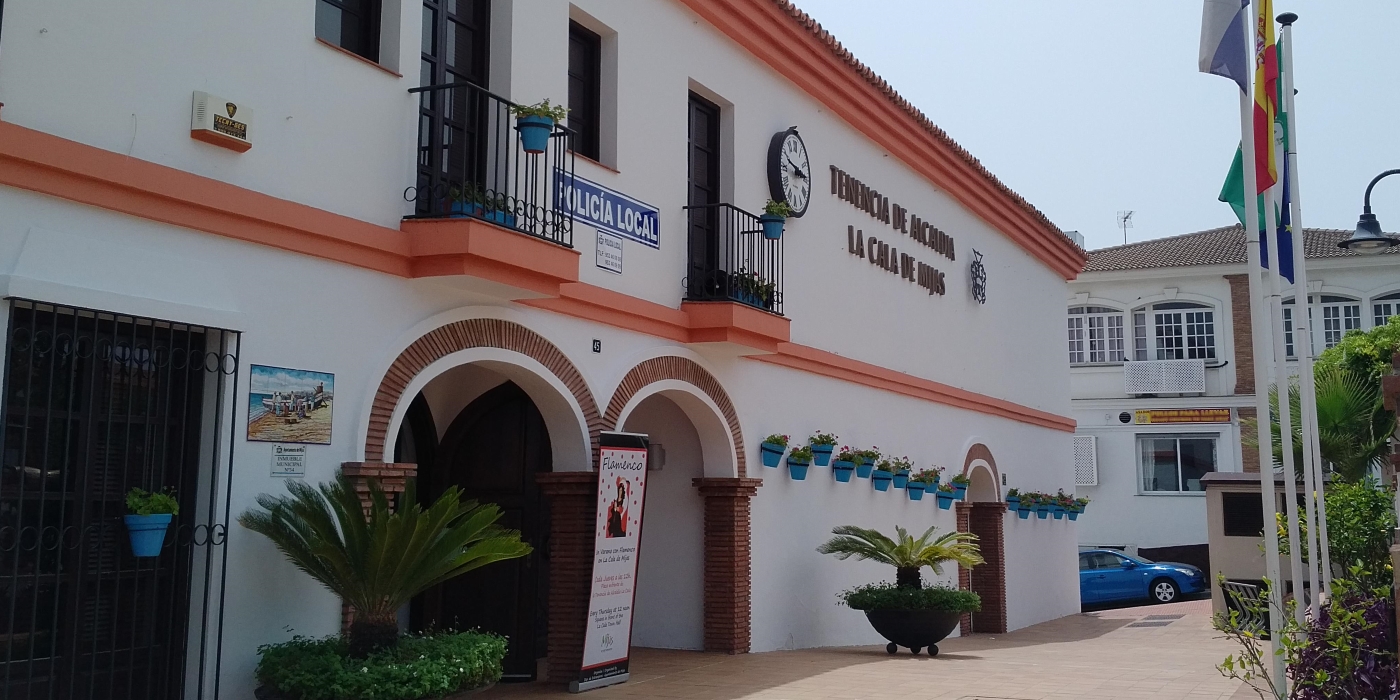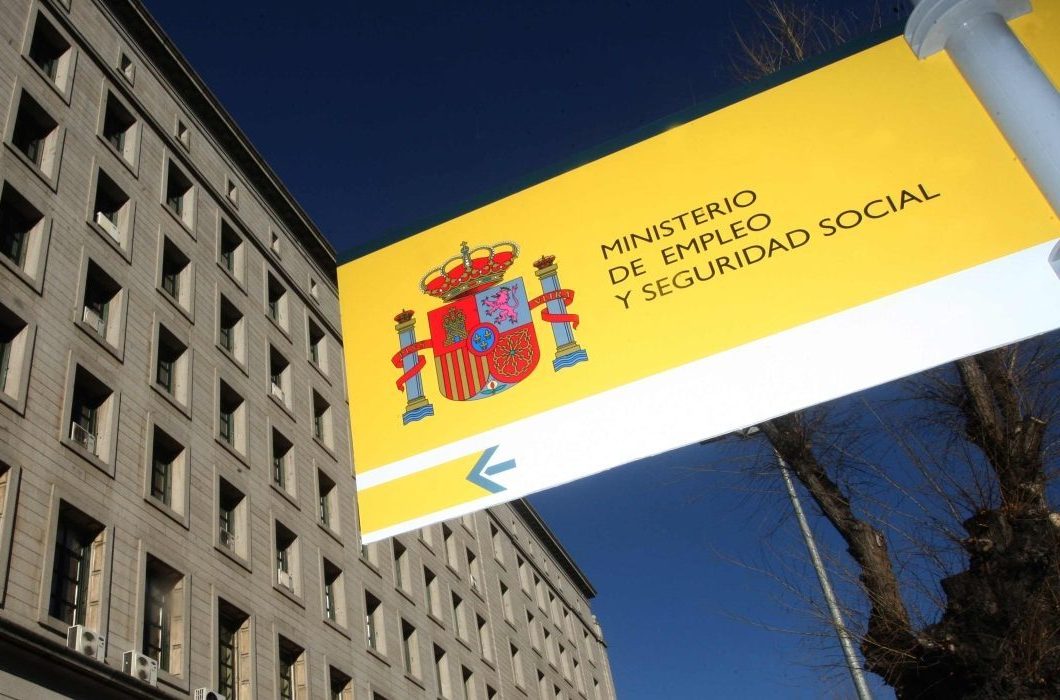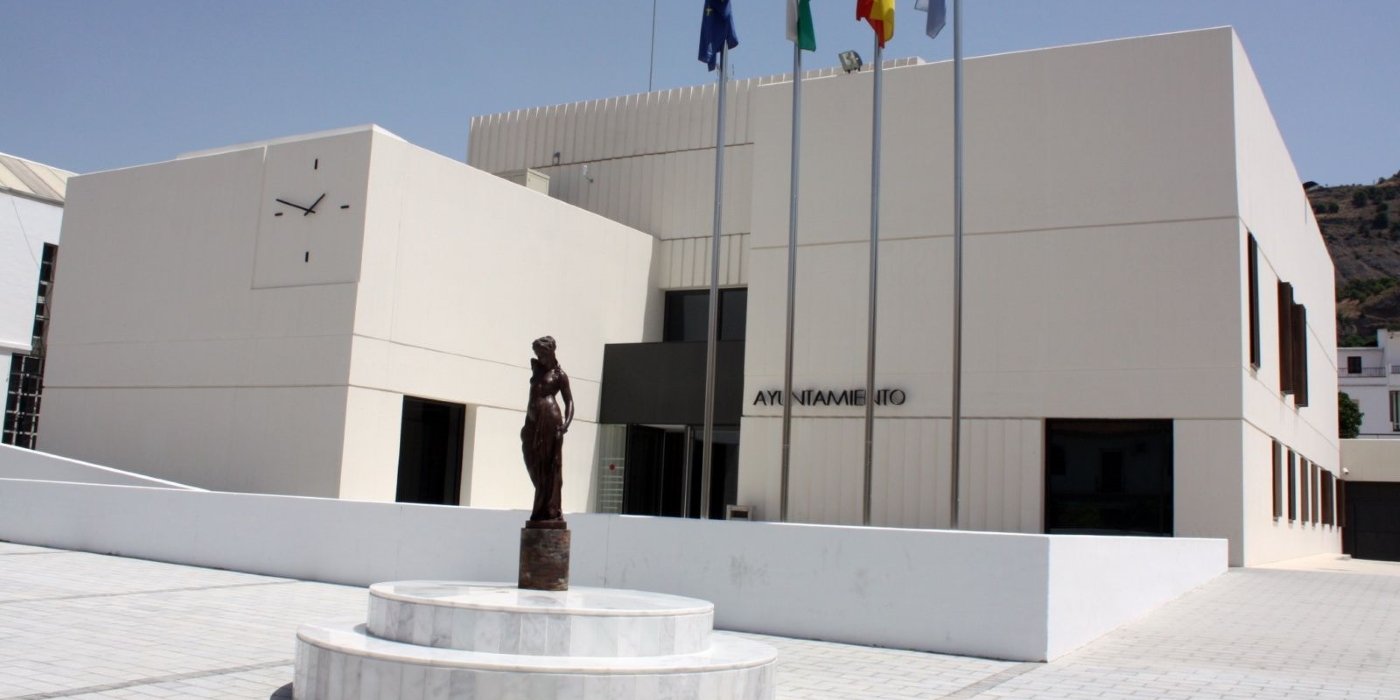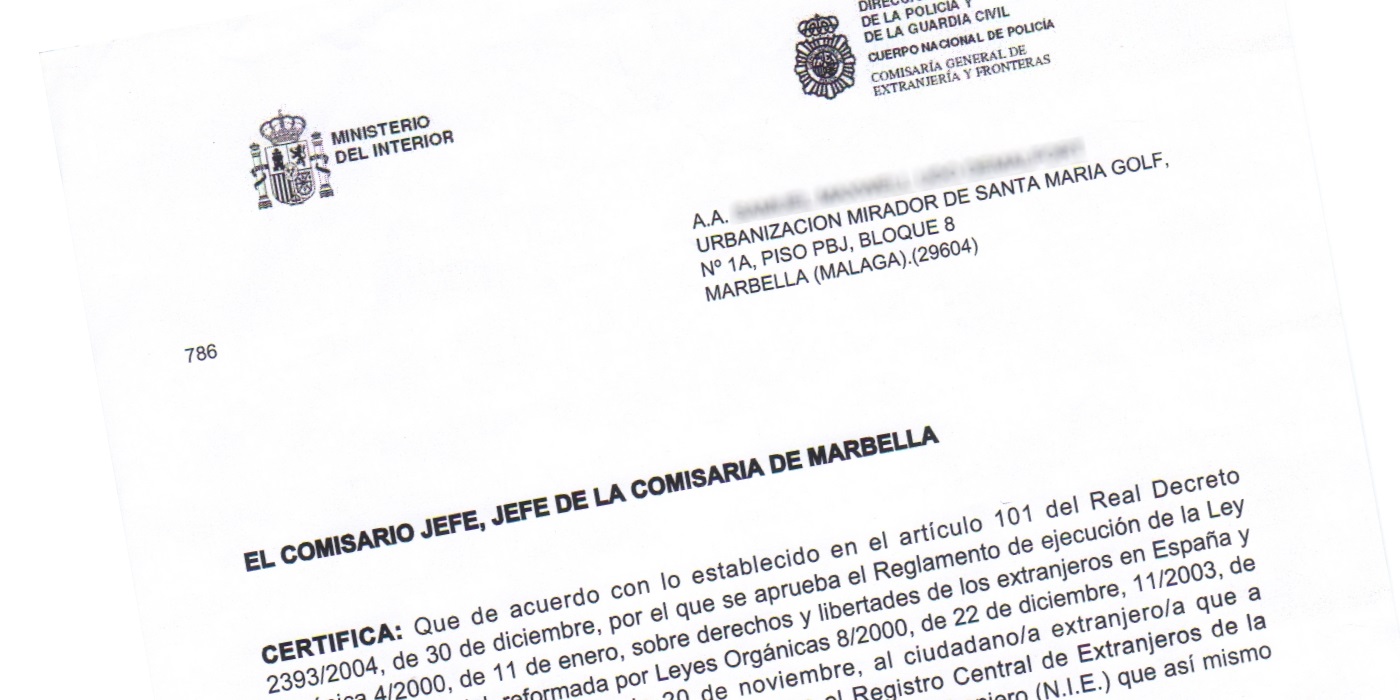The padrón de habitantes, is a municipal register of inhabitants maintained by the town hall.
All full-time resident in Spain are required by law to register on the ‘padrón’, and certificate is the most widely accepted official proof of address.
If you’ve arrived in Spain with a residency visa, it’s one of, if not the first things you’ll need to do, as you need the registration certificate to apply for your TIE.
Registering on the ‘padrón’ helps the local town hall to apply for funds from central government to bolster their municipal budgets. More registrants equals more funds. For this reason, many town halls are keen to get more inhabitants to register on their ‘padrón’, and often campaign to persuade more people to do so. In touristic and popular holiday home areas such as the Costa del Sol, these campaigns are often targeted at the high numbers of foreigners who have holiday homes in the locality.
Aside from the potential benefits to the area where you live being registered on the ‘padrón’ is useful for a number of other purposes. These include proof of address, entitlement to local and reduced price services, and eligibility for subsidised rates of locally collected taxes – IBI. For these reasons, many non-resident property owners also register on the ‘padrón’.
This can cause issues for part time residents, if or when they take up full time residency. Town Hall’s will maintain that there are are no tax implications, for being registered, however tax authorities can and do associate being on the with being resident in Spain. For example a holiday home owner who has just become a permanent resident in Spain, may find themselves being denied a exemption from customs or registration taxes when importing their own personal vehicle in Spain, simply because the ‘padrón’ entry shows that the date they first registered pre-dates their actual date of becoming a Spanish resident.
The ‘padrón’ certificate is valid for 3 months and when you need a new certificate, you just go back and get one of if your town hall is on the electronic register system, you can get a up to date one online using your digital certificate. You only have to re-register every 2 or 5 years depending on your situation and nationality.
The process for registering on the ‘padrón’ varies from one place to the next and you may need some or all of the following:
- application form
- your passport
- your TIE / NIE or residency certificate
- copy of your Escritura (house deeds)
- or Rental contract and utility bill
Most town halls now have an online booking system where you book you appointment first and then go and register.
In a lot towns they issue the certificate straight away, however in some places you have to go back a week or two later to collect it. A few small towns also carry out a check by sending a local police office to visit the address to verify that you are living at there!





